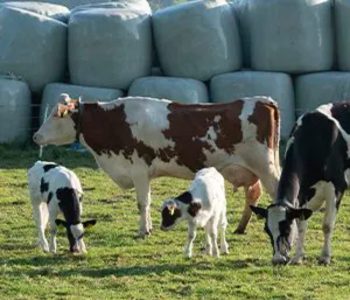A recent study highlights the impact of maternal metabolic profile and seasonality on the health and metabolism of Holstein calves.
Influence of Maternal Metabolic Profile
The study evaluated 28 Holstein cows and their calves, divided into two groups based on high or low levels of various maternal metabolic variables:
- Non-esterified fatty acids (NEFA)
- Beta-hydroxybutyrate (BHB)
- Glucose
- Total protein (TP)
- Albumin
- Triglycerides (TG)
- Total cholesterol (TC)
- Haptoglobin (Hp)
- Body weight (BW)
- Body condition score (BCS)
Significant differences were found between calves from high and low BCS mothers.
- Las vacas con mayor CC tendían a tener terneros más grandes, pero estos también presentaban una mayor prevalencia de diarrea.
- Por otro lado, las vacas con baja CC producían terneros con una respuesta inmune innata más fuerte, indicada por una mayor producción de especies reactivas de oxígeno (ROS).
Cows with higher BCS tended to have larger calves, but these calves also had a higher prevalence of diarrhea. On the other hand, cows with lower BCS produced calves with a stronger innate immune response, indicated by higher production of reactive oxygen species (ROS). Additionally, calves from cows with metabolic changes during parturition showed elevated Hp concentrations, a marker of inflammation.
Effects of Seasonality
The study also compared calves born in spring and winter, finding that spring-born calves were larger but had lower concentrations of IgG and a reduced innate immune response compared to those born in winter. They also showed higher concentrations of Hp and a greater prevalence of diarrhea by day 28.
Implications for Livestock Management
These findings have important implications for reproductive and health management in the dairy industry. The study suggests that proper management of the cows’ metabolic profile during gestation and consideration of seasonal effects can improve calf health and immunity. It also highlights the need for adequate maternal nutrition to ensure good fetal development and better neonatal immune response.
| This study provides insight into how maternal metabolic factors and seasonality affect the health and immunity of Holstein calves. Its results could guide future management practices to enhance reproductive efficiency and livestock health. |
You may also like to read: “Boosting Dairy Nutrition: FTMR’s Impact on Holstein Cow”
